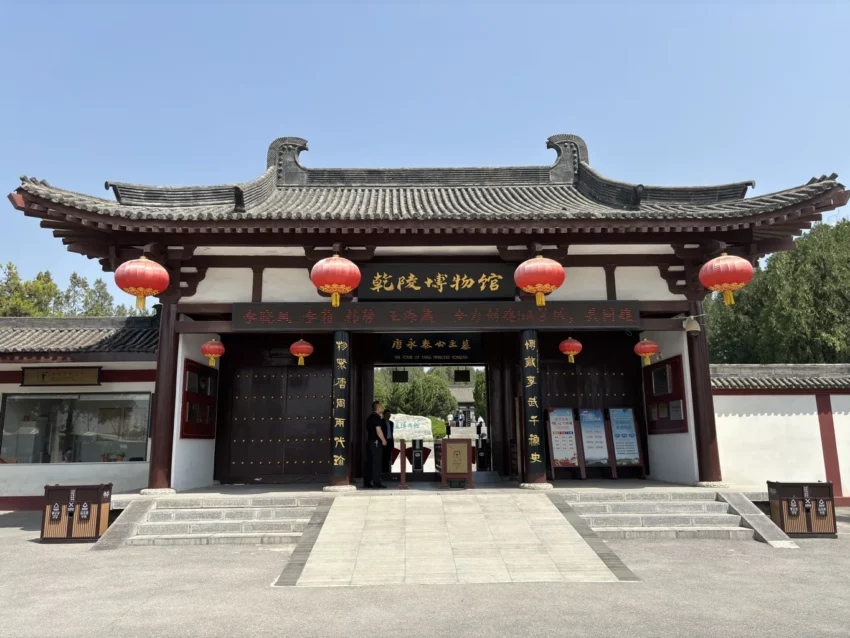Introduction to Princess Yong Tai’s Tomb
Princess Yong Tai, formerly known as Li Xianhui, was the seventh daughter of Emperor Zhong Zong, Li Xian. Additionally, she was the granddaughter of Emperor Gao Zong and Empress Wu Zetian. Tragically, she died in AD 701 at the tender age of 17. Remarkably, five years later, in AD 706, authorities relocated her tomb to Qianling Mausoleum as a satellite tomb.
Get your dose of History via Email
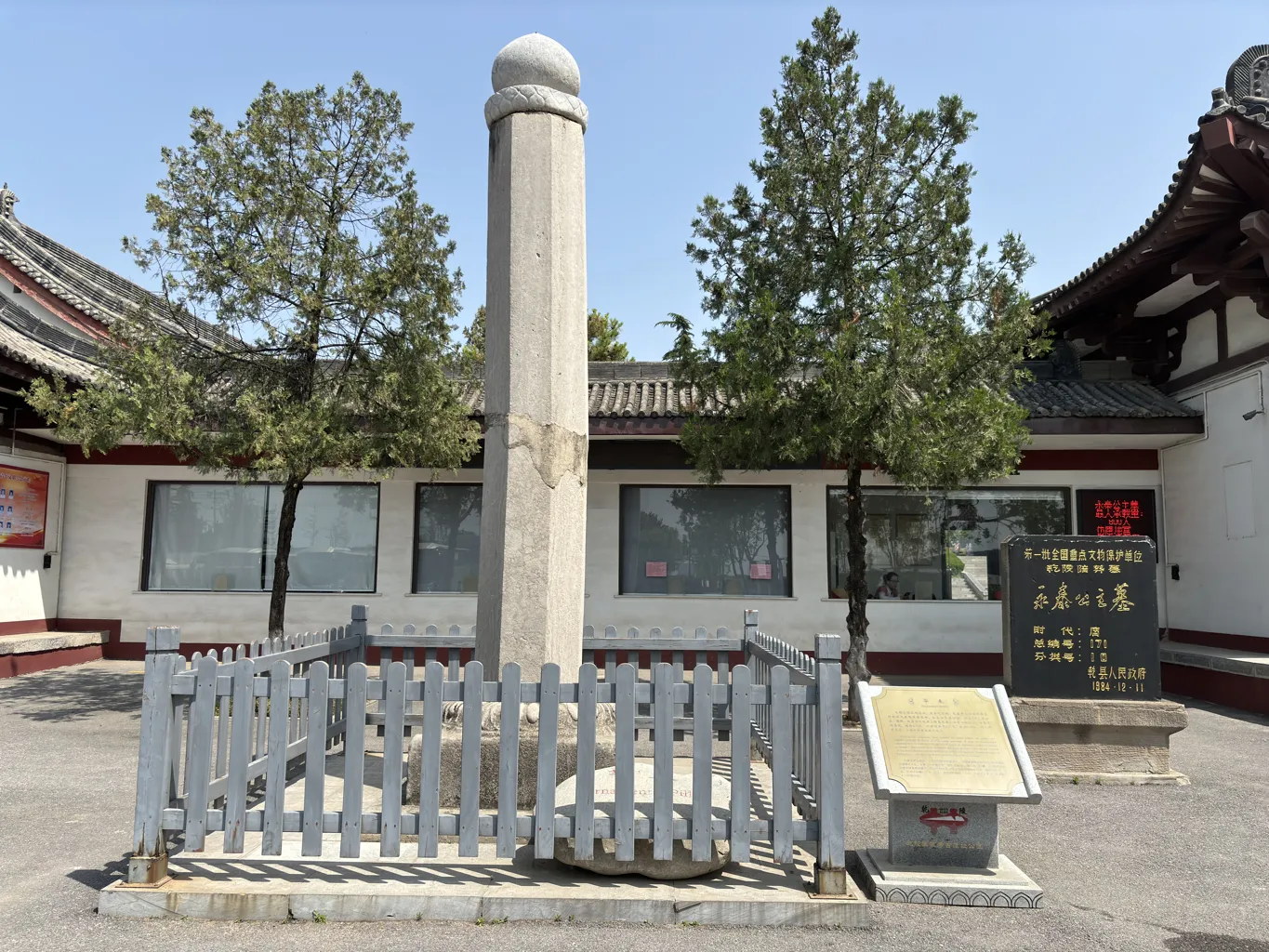
Excavation Details
The excavation of Princess Yong Tai’s tomb commenced in August 1960 and concluded in April 1962. The tomb path measures 87.5 meters in length, 16.7 meters in depth, and 3.9 meters in width. Importantly, the structure includes six heaven wells and eight affiliated rooms in each burial chamber. Each pair of these rooms is symmetrical and organized into four groups.
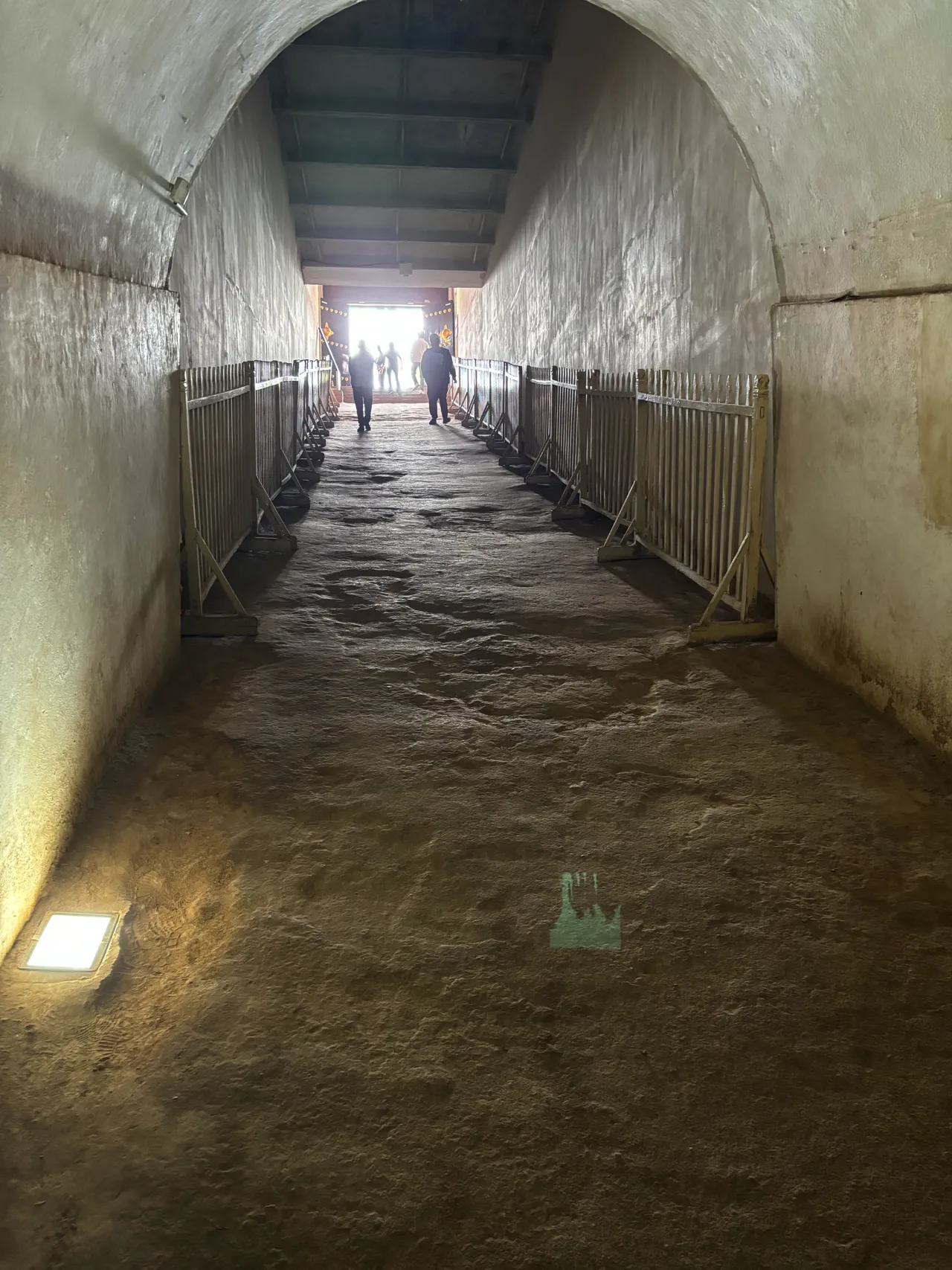
Cultural Significance and Artifacts
In the affiliated rooms, archaeologists placed various funeral objects. These include pottery figurines and tri-colored glazed pottery from the Tang Dynasty. Despite multiple robberies, the tomb still yielded 1,353 types of precious cultural relics. These artifacts underscore the intelligence and creativity of ancient China’s laboring people. Moreover, they provide invaluable material for studying the politics, economy, culture, and art of the Tang Dynasty.
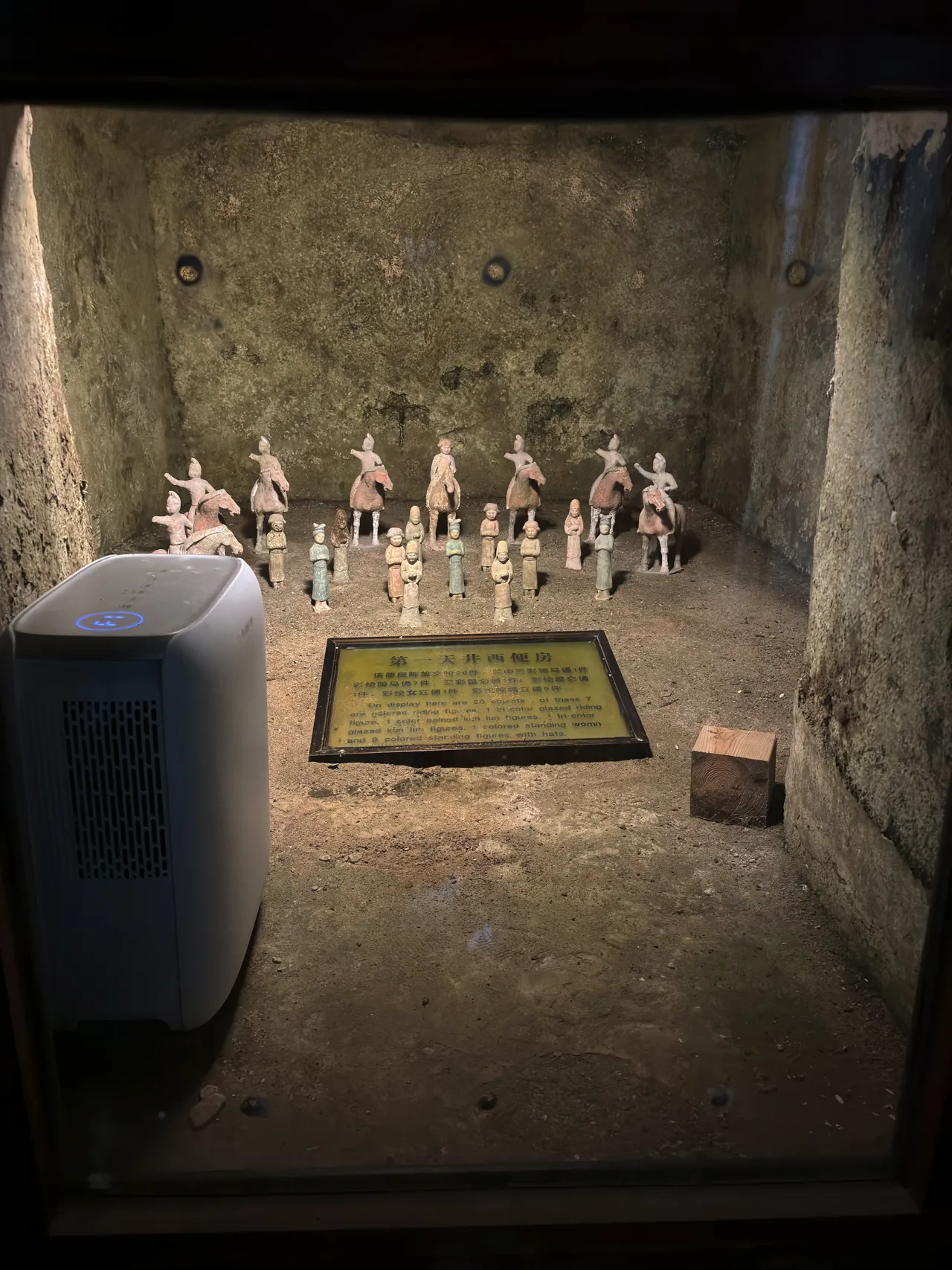
Stone Guard General and Its Significance
The Stone Guard General, also known as Weng Zhong, was named after General Ruan Wengzhong. Impressively, two pairs of stone officials stand on both sides of the Spirit Way. Each official measures 2.38 meters in height, 0.71 meter in width, and 0.39 meter in thickness. These figures symbolize guardianship and authority, flanking the path that leads to the tomb.
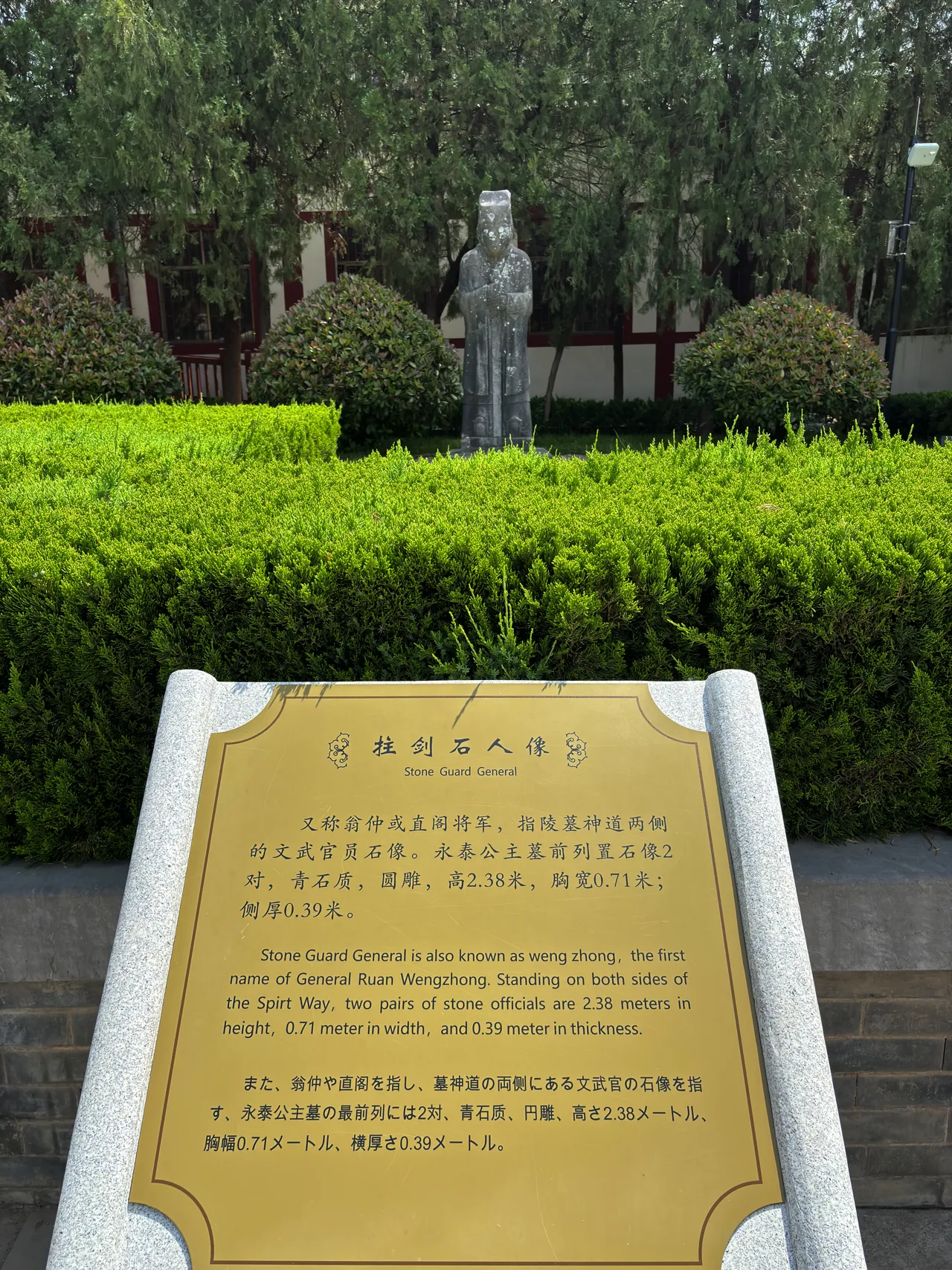
The Symbolic Stone Lions
Originating from Africa and West Asia, lions were tributes presented by the Western Region during the Han Dynasty. On the Spirit Way of Princess Yong Tai’s tomb, four pairs of stone lions rest on two-layered rectangular stone bases outside the four inner city gates. Each lion, crafted from bluestone and featuring circular carving, measures 1.31 meters in length, 0.77 meter in width, and 1.82 meters in height. These majestic statues not only guard the tomb but also represent the deep-rooted friendship between China and countries in Africa and West Asia.
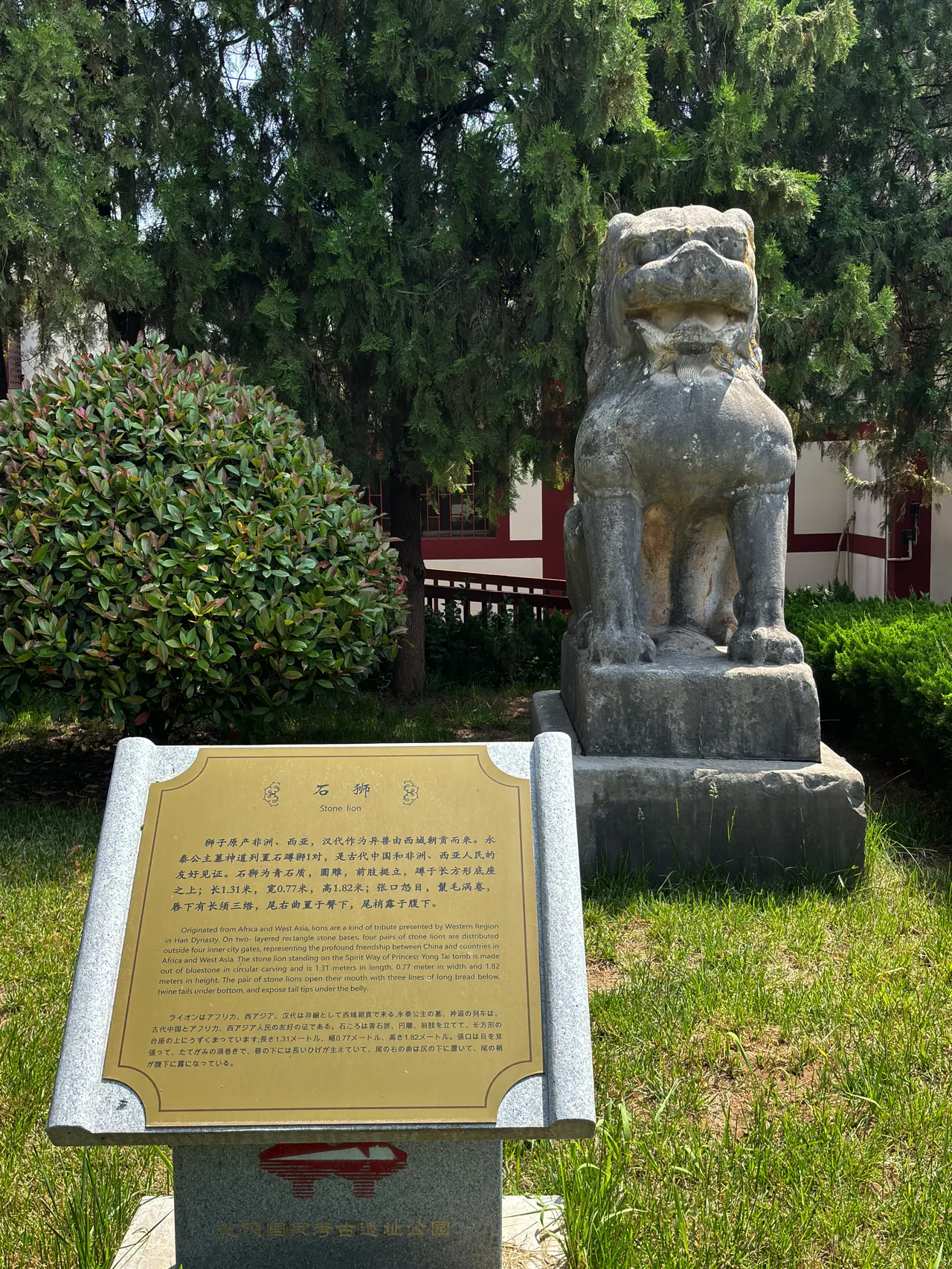
Architectural Marvel: The Gate Tower
A gate tower, typically located in front of a palace or tomb, is built on a pier and abutment. It includes side towers and corner towers. A pair of gate towers, strategically placed on the Spirit Way of Princess Yong Tai’s tomb, marks the entrance, symbolizing the transition from the earthly realm to the spiritual.
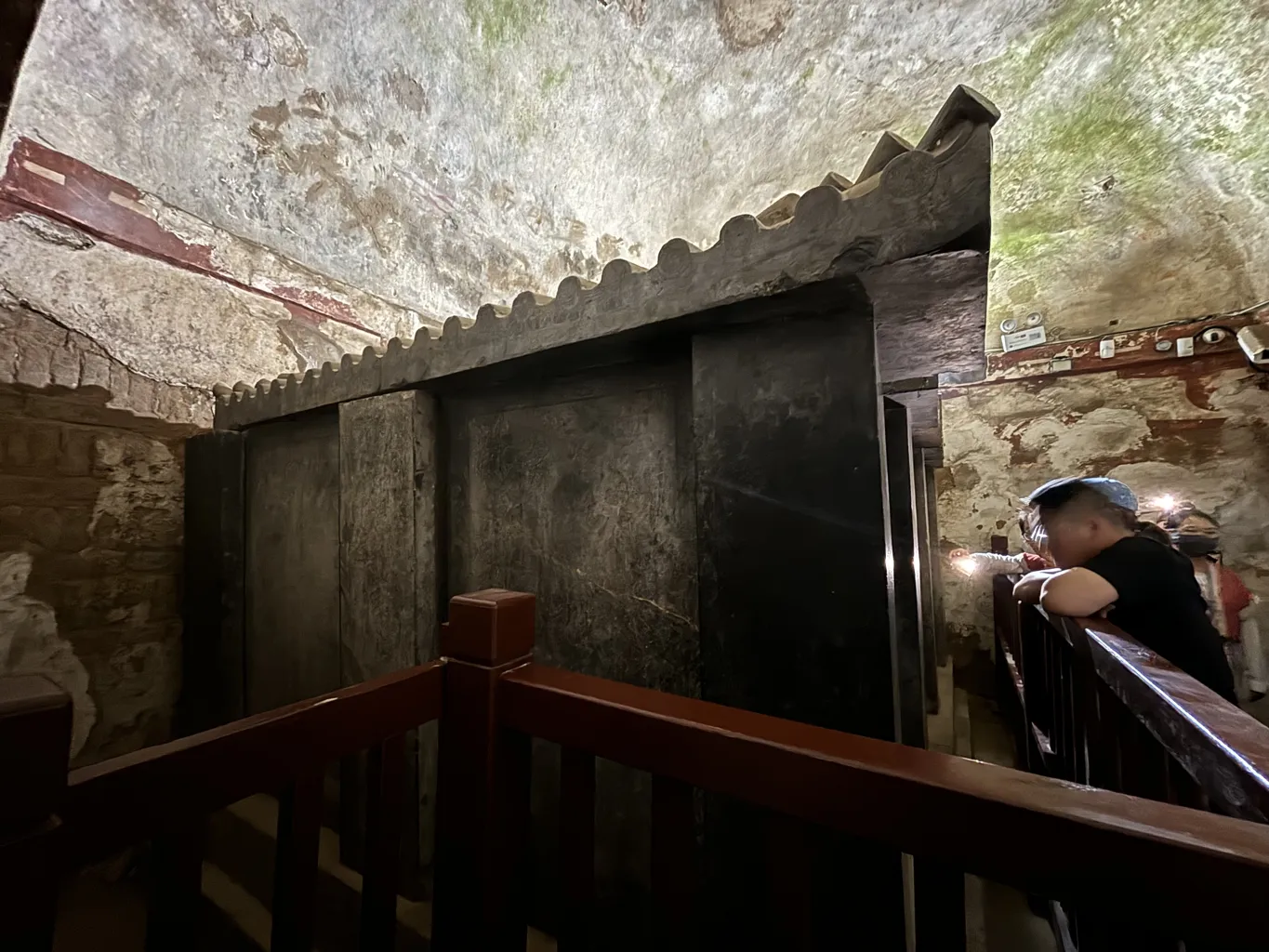
Coffin Chamber: A Regal Resting Place
The Tomb of Princess Yongtai, one of the seventeen accompanying tombs of the Qianling Mausoleum, stands out as the highest and largest among the Tang Dynasty female burial tombs excavated so far. Princess Yongtai, originally named Li Xianhui, died at the age of 17, a time often referred to as the “age of jade” due to its association with purity and value. Her final resting place reflects her royal status and the high esteem in which she was held.

Sources: Information directly from visiting the site
Read next:

